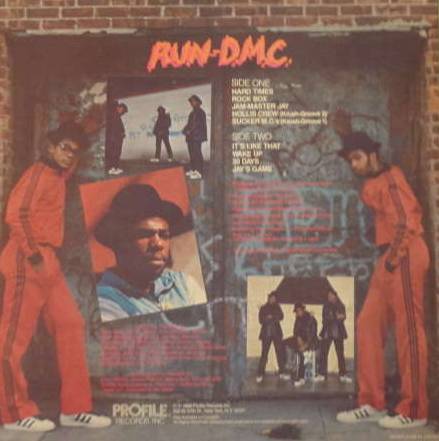

 |
Music & Art |
 |
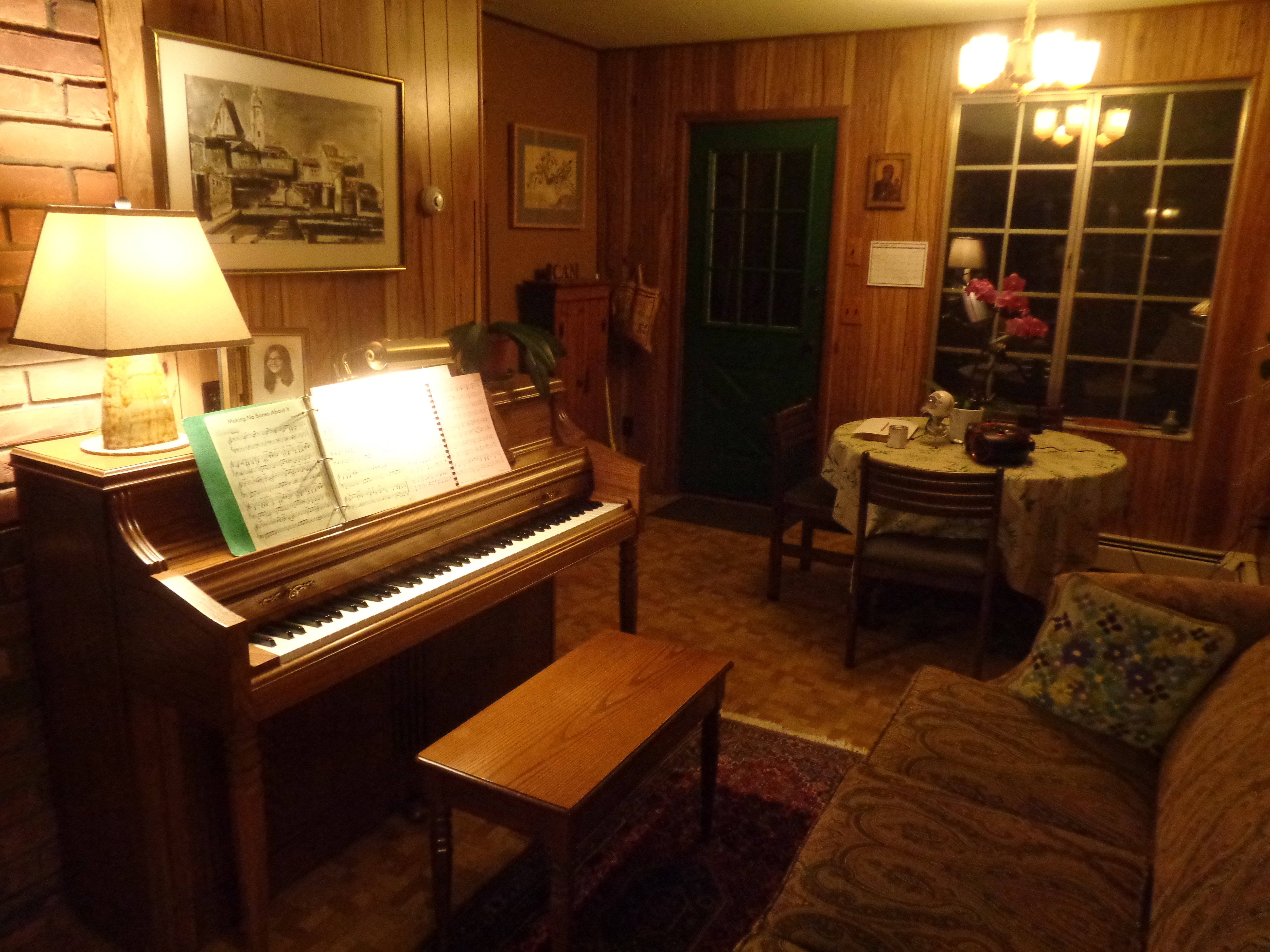
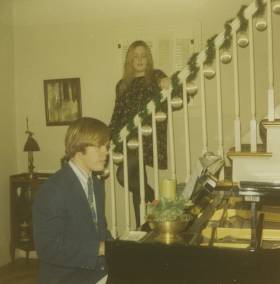 |
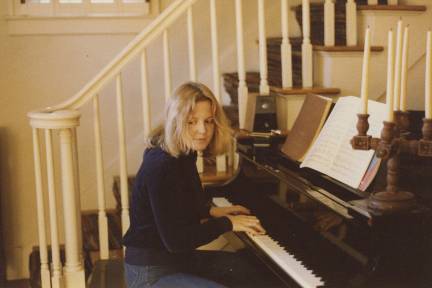 |
 |
 |
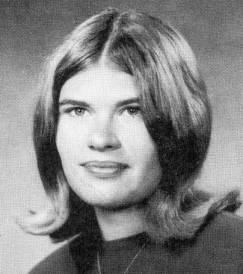 My introductions to various classical works have come from many sources. Of all places, it was on the Fragile album by the
rock group, Yes, that I first heard a keyboard version of the third movement of Brahms' Fourth Symphony, and was thereby introduced to what
has become my favorite symphony. Movies have exposed me to some beautiful music, particularly the movies of Ingmar Bergman, one of
my favorite directors. I became acquainted with the Schumann Piano Quintet, and the D-minor Suite for Unaccompanied Cello by J. S.
Bach from watching (listening to) Bergman movies. At U of M in 1971, my English-major girlfriend, beautiful Charlene Crittenden,
dragged me to a movie that I never would have seen on my own - Visconti's Death in Venice. It actually was a great movie,
and now I can't listen to the hauntingly beautiful Adagietto of Mahler's Fifth Symphony without thinking about that movie (and Charlene.)
My introductions to various classical works have come from many sources. Of all places, it was on the Fragile album by the
rock group, Yes, that I first heard a keyboard version of the third movement of Brahms' Fourth Symphony, and was thereby introduced to what
has become my favorite symphony. Movies have exposed me to some beautiful music, particularly the movies of Ingmar Bergman, one of
my favorite directors. I became acquainted with the Schumann Piano Quintet, and the D-minor Suite for Unaccompanied Cello by J. S.
Bach from watching (listening to) Bergman movies. At U of M in 1971, my English-major girlfriend, beautiful Charlene Crittenden,
dragged me to a movie that I never would have seen on my own - Visconti's Death in Venice. It actually was a great movie,
and now I can't listen to the hauntingly beautiful Adagietto of Mahler's Fifth Symphony without thinking about that movie (and Charlene.)
My two favorite pop composers are Paul McCartney and Stevie Wonder. Other favorite composers and arrangers include Gino Vanelli, Duke Ellington, Richard Rogers, Dave Brubeck, Frank Zappa, Peter Schickele, and Herbie Hancock (if I had to name an all-time favorite jazz piece it would have to be his Spiraling Prism.) In between all the weirdness, the late Frank Zappa was a brilliant composer and musician. Little Umbrellas from his Hot Rats album is another of my favorite jazz pieces.
Over the years I have attended some great concerts. Ones that come immediately to mind are Cream at Olympia, Ahmad Jamal at Baker's and The Mothers at Ford Auditorium (of all places.) Actually, I have seen Frank Zappa and/or the Mothers at least five times - including one time when they didn't show and were replaced at the last second with the Art Ensemble of Chicago. The earliest concert I can recall was from my teen years. It took place at the Coliseum at The Michigan State Fairgrounds. The concert was a thank-you for teenagers who collected money for ALSAC, the Danny Thomas charity. We got to hear Gino Washington (anybody remember him?) sing Gino is a Coward, and Martha and the Vandellas sing their brand new Heat Wave. Since then, I have attended concerts at Pine Knob, Meadowbrook, Music Hall, Fox Theatre, Orchestra Hall, Masonic Temple, Ford Auditorium, Joe Louis Arena, Michigan Stadium, Crisler Arena, Olympia Stadium, numerous bars, Hill Auditorium, Seligman Performing Arts Center, Cobo Arena, Latin Quarter, Punch and Judy, Alexander's, The Roostertail, Bert's Place, Rapa House, Chene Park, Macomb Center for Perfoming Arts, Redford Theatre, Rackham Auditorium (a heavenly place to hear music) and Baker's Keyboard Lounge, where I have been so many times (mostly with my sister, Alexis) that they ought to name a booth after me.
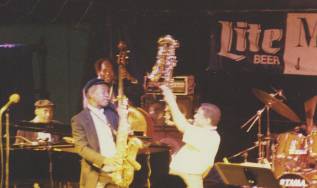 |
Every Labor Day weekend, Hart Plaza in downtown Detroit abounds with free jazz concerts - both local and international talent. Some years I have practically lived on the plaza - going all four days. I have heard countless sets of great music there by too many groups to possibly remember. One such group whose name I don't remember had a Latin flavor and was really hot, hot, hot. When the saxophonist flipped his sax up in the air and started playing it upside down - the audience went wild. |
Some of the rockers I've heard are Rush, America, Cat Stevens, Cream, Heart, Kansas, Bob Dylan, Jefferson Airplane, Frank Zappa, Spirit, Southbound Freeway, The Band, Gino Vannelli, SRC, Traffic, Stevie Wonder, Triumph, and Gordon Lightfoot singing his then brand new The Wreck of the Edmund Fitzgerald. The jazz artists I've heard include Dave Brubeck, Hugh Masekela, Leon Thomas, Herbie Hancock, Larry Carlton, Ahmad Jamal, Manhattan Transfer, Gil Scott-Heron, Chick Corea, Jean-Luc Ponty, Charles Green, Milt Jackson, Mark Murphy, Michael Franks, Roy Ayers, Pharoh Sanders, Yusef Lateef, Mose Allison, Richie Cole, Sonny Stitt, Marian McPartland, Sir Roland Hanna, Besse Bonnier, McCoy Tyner, Wayne Shorter, Toots Thielemans, excellent local pianists, Gary Schunk, and Cliff Monear, and Polish violinist, Michael Urbaniak (playing at Baker's). |
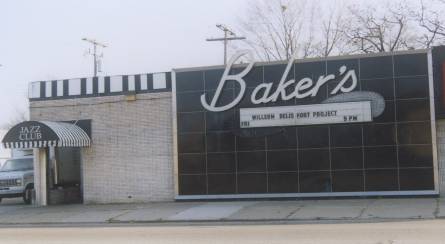 |
 |
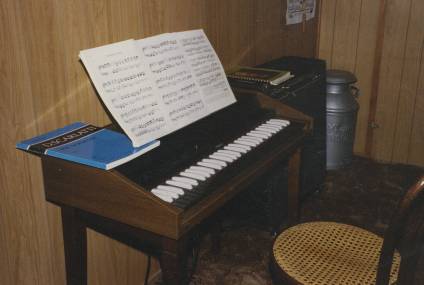 |
The first piano I bought was used, and I don't even remember the manufacturer. In the late seventies, my piano tuner, the late Mr. Zech, was trying to get a franchise and sold me the piano I still use today - the Mason Hamlin pictured above. I love my little piano. I love its sound and the feel of its action. I now have an adjustable leather Steinway bench I use with it (a gift from my first wife, Kathie.) I'm a happy boy if I can do just two things every day: ride my bike and play my piano. |
I bought this Roland Digital Harpsichord in 1988 at Arnoldt Williams, that wonderful keyboard store in Canton. I liked it when the store was in a big house. Sad to say, the store is now gone. This harpsichord has a super-realistic sound. The keyboard even has the click sound of a real harpsichord when each key is released. It is fun to play, but like most electronic keyboards requires more precision than a piano. |
 |
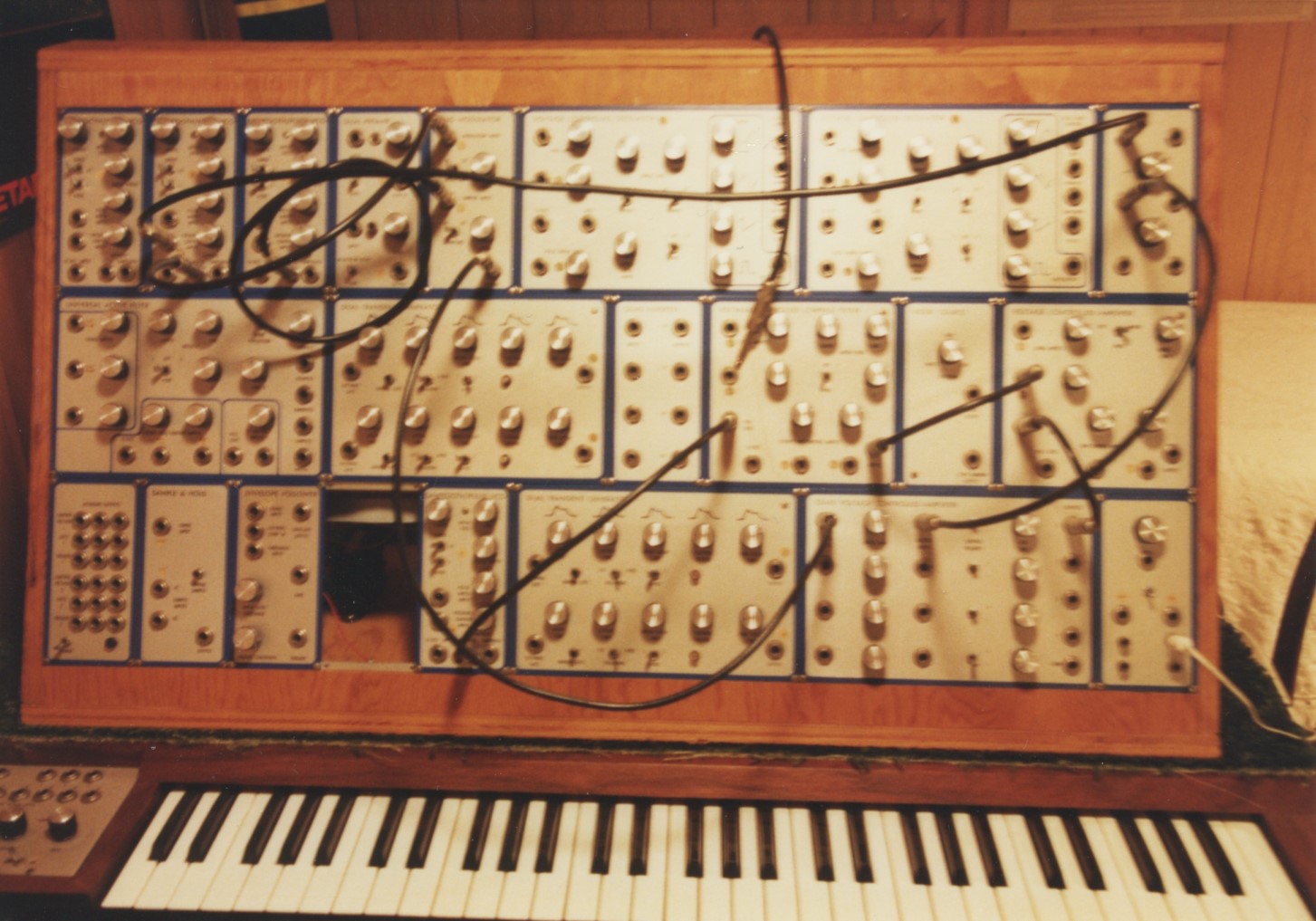 |
Once I got my subscription to Popular Electronics and started ordering kits from them, I would set up a workbench wherever I lived. Even the desk in my college dorm room was not exempt. Also on the desk you can see the TTL Data Book for Design Engineers, my beloved Sony tape deck and my Kenwood reciever and amp. Inside the amplifier, I added a second capacitor to the power supply circuit - the largest that I could stuff under the amplifier's cover. Doing so actually improved the bass! | When Eμ Systems was in it's infancy, I started buying their modules and built the mini synthesizer in the picture on the left. Eventually, as I added more modules, I built a more elaborate instrument and bought a mono keyboard to go with it. The cabinets for both synthesizers were designed and fabricated by me. I got a metal shop to fold the aluminum for the smaller version. In the background appears my home-made sequencer with digital readout. I actually etched a two-sided circuit board for it. The sequencer could store up to 1024 notes ranging up to five octaves and sixteen units of duration. All proramming had to be done binarily with toggle switches. I programmed in all 165 notes of the left-hand part of the F# prelude from Bach's Well-Tempered Clavier. I played the sequencer through the sythesizer, as I played the right-hand part on the keyboard - half speed, and one octave lower than normal. Meanwhile I recorded it at 3.75 ips. When I played it back at 7.5 ips, it really sounded great. |
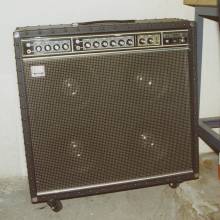 |
 |
The Roland Jazz Chorus 160 - one of those items that as soon as I had sold it, I wished I hadn't. When I began an extremely brief career playing keyboards in a garage band, I bought this amplifier at Arnoldt Williams. Tim Bennett, who worked in the warehouse at my family's business, played lead guitar in a group that was looking for a keyboard player. I took on that role, and the five of us actually played at a couple parties. The keyboard I was using for those gigs was a Roland Orchestrator. Wish I still had that, too. On the back burner is a plan to buy some sort of electronic keyboard just for fun. I really want one with a B-3 emulator and a realistic Leslie Speaker sound, too. I know that it would not come cheap, but I might go as high as two grand to get something good. | This picture of my workbench was taken in the livingroom of my first apartment in Lafayette Towers. Even though I never made electrical engineering my career, it was certainly something that I practiced. The blue instrument was my Tectronix dual-trace 'scope. The two boxes of drawers (only one appears in this photo) held a large assortment of electronic parts, including many different TTL chips. I loved designing logic circuits and used a breadboarding device of my own design and construction. I developed my own process for producing printed circuitboards. I would lay out my circuit on 10-to-the-inch graph paper (because that was the spacing of the IC pins), tape the paper to my copper-clad board, use a center punch to mark all the holes to be drilled, drill the tiny holes with a drill bit smaller than one-sixteenth, then I would use fingernail polish to paint a mirror image of the circuit on the bottom of the circuit board. The board would be placed in a plastic tray containing ferric chloride (I still have the five-gallon can I bought from a chemical company decades ago.) Once the copper was eaten off the board, I would use acetone to remove the fingernail polish and solder on all of the components. I constructed many projects that used my home-made circuitboards. One such just-for-fun project built in a sherbet container is pictured below. With the five-volt power suppy inside, and the round circuit board fitting snuggly on the ledge just inside the top, I was proud of both the mechanics and the electronics of this useless - but fun - flashing light thing. |
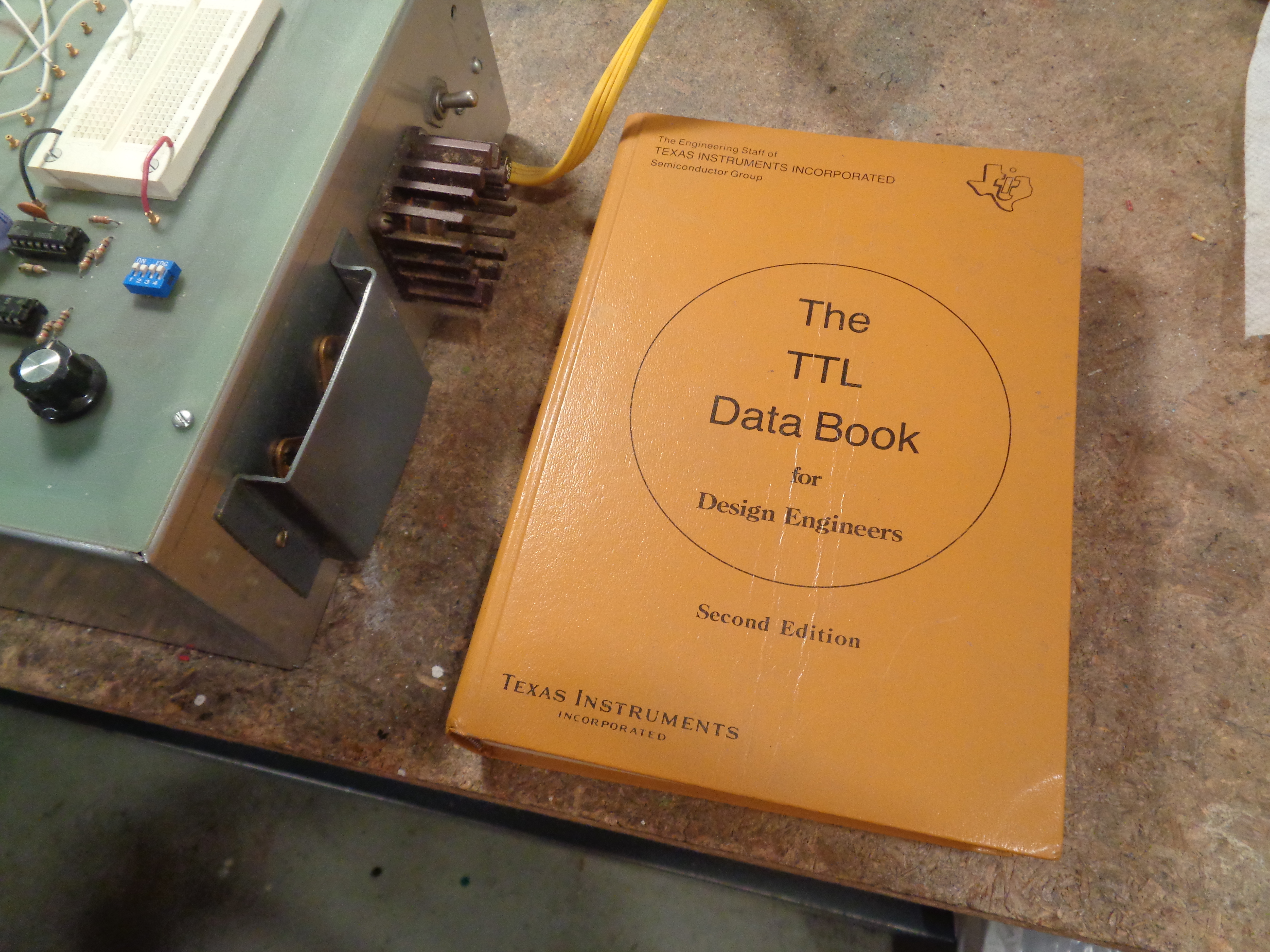 |
 |
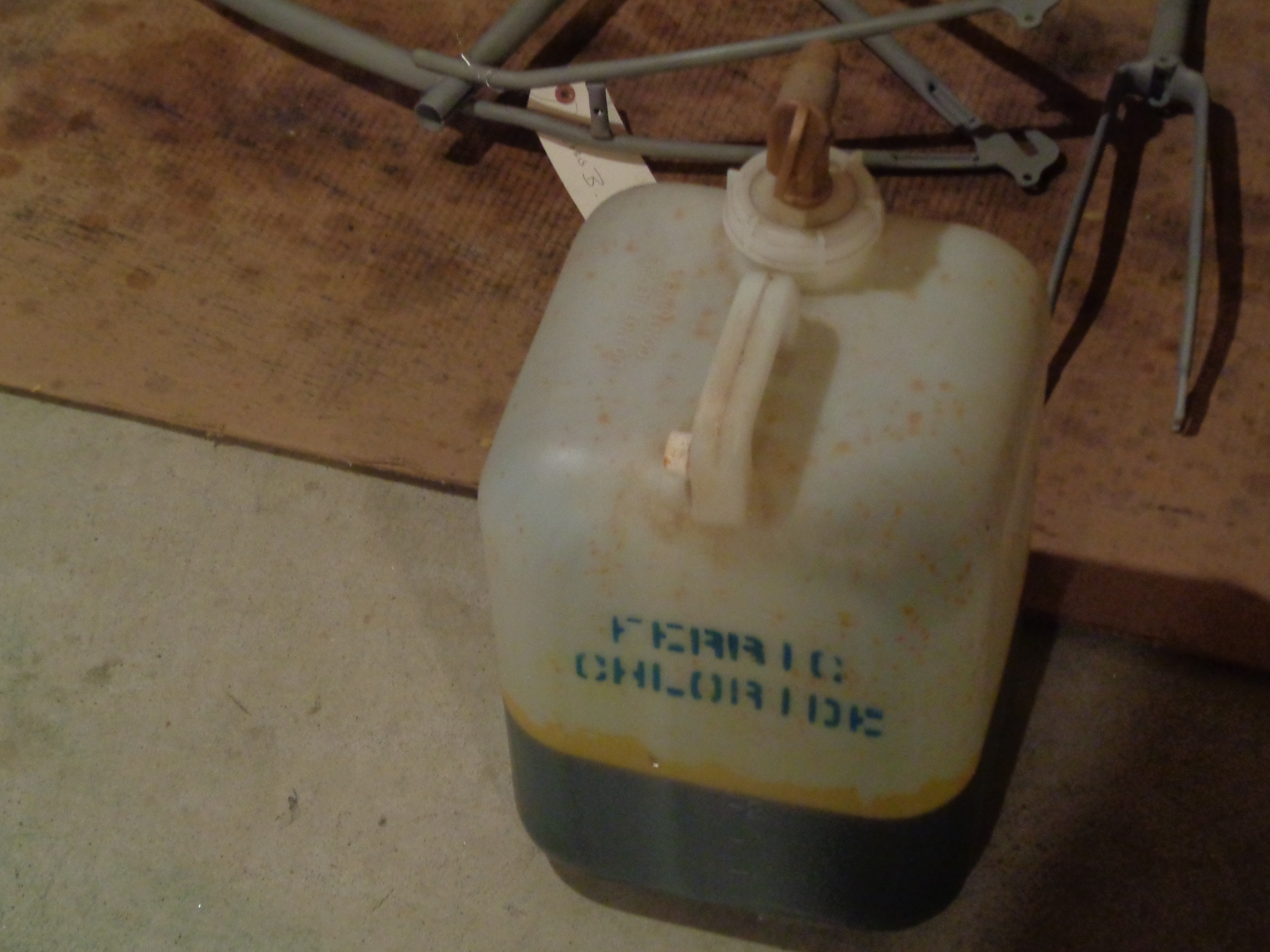 |
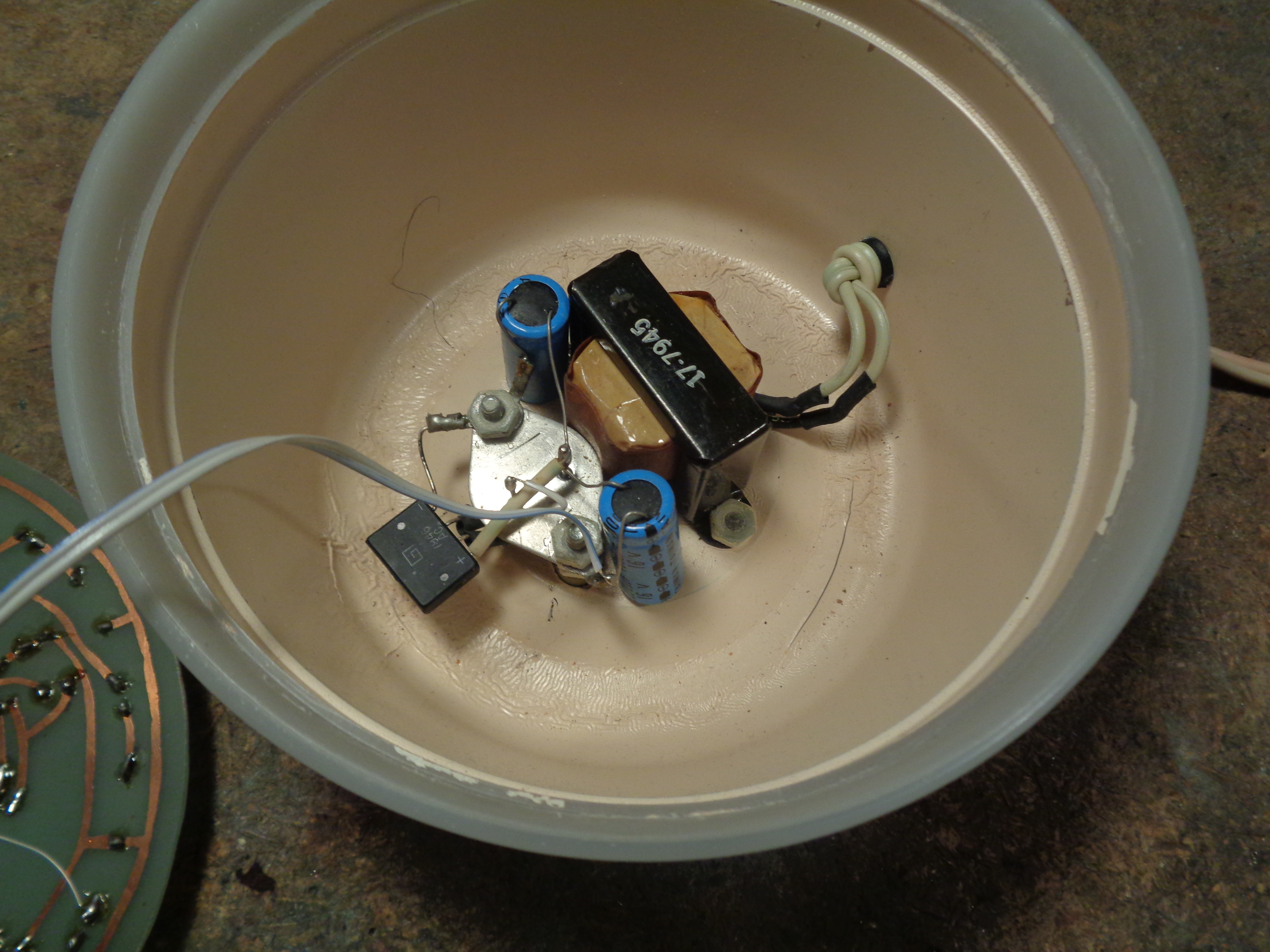 |
 |
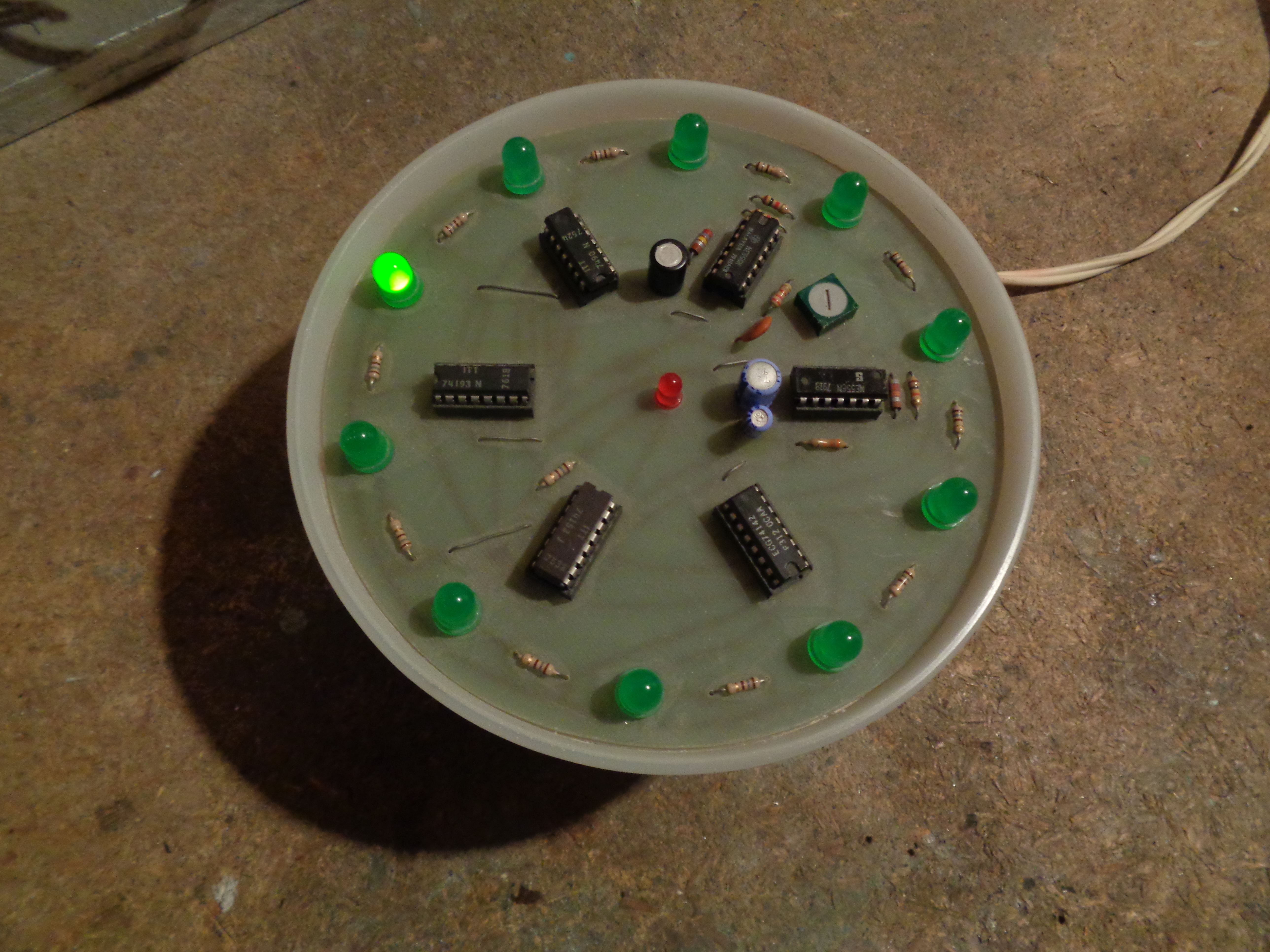 |
Click here to print a page of blank sheet music that I designed using Microsoft Word.
If you would like a copy of any of my piano transcriptions, you may order from the list below. The music will be printed on card stock and mailed
in a 9 x 12 envelope. The total cost for each transcription, including postage, is five dollars.
Bring a Torch, Jeanette, Isabella (1 page) As much a song of rhythm as of melody, the French Carol is here arranged by Schickele
as a short interlude, beginning and ending in the subdominant key of G.
Carol of the Birds (2 pages) My arrangement of this Catalonian Carol is a blend of two other arrangements. For the
most part I used my transcription of the hauntingly beautiful version on the album NOËL. Every time I play this arrangement,
the B-major chord in the fourteenth measure sends chills down my spine.
Mary's Wandering (1 page) A traditional German Carol.
La Maja de Goya (2 pages) I like to play this piece using the lute setting on my Roland digital harpsichord, but it
sounds great on piano, too.
La Pastora (2 pages) By Federico Torroba, this dreamy ballad sounds just great on the piano.
Prelude (5 pages) Undated, and written for an unspecified instrument by J. S. Bach (BWV 998), transcrbed for guitar by
Andrés Segovia, played on guitar by virtuoso guitarist, John Williams, and finally transcribed by me. It's a lovely flowing piece that's
easy to play. I have also transcribed the third movement.
Prelude in B minor (4 pages) This is a condensed version of J. S. Bach's organ prelude BWV 544. Somehow or
another I stumbled upon a high A-sharp that let me jump smoothly from the beginning to the end of the prelude, creating a short show-piece
that sounds just great on the piano. I'm proud to say that every note of every voice in the organ version is present and playable in
my abbreviated arrangement.
Ask Me Now (2 pages) This Monk composition has a nice little variation in the rhythm of the melody. Be sure to listen
to a Monk recording of it. The third A of the AABA is my own arrangement, and I wrote the little coda, too.
Reflections (2 pages) In the transition to the B section I snuck in the theme of another great Monk compositison, Thelonious.
Ruby, My Dear (2 pages) A Monk classic. It took so long to get the chords just right in the second measure.
The ending is fun to play.
Sweet and Lovely (4 pages) This is Thelonius Monk's version of the standard tune. I just love Monk's sense of humor
with those crashing dissonnant chords that accompany the second statement of the "sweet and lovely" melody. In Monk's brilliant coda (which mirrors his
intro) the chords seem to go berserk. It gets me emotional every time I play it. I am not quite finished transcribing the piece yet.
Ugly Beauty (2 pages) Listen to Monk play it to get the feeling for the rhythm. I like the chords at the end of the B
section, and the closing chords.
DC Farewell (2 pages) A funky ballad written by saxophonist, Richie Cole. I transcribed it from an album by the
vocal group, Rare Silk. It starts off in A-flat and ends up in the key of A.
The Duke (3 pages) This is just an awesome tune be Dave Brubeck. I have made extensive modifications to some existing
sheet music.
Memory of Minnie (4 pages) This instrumental piece is just a great collection of chords and melody from the talented flute
player, Hubert Laws. The ending was written by me.
Storm at Sunup (1 page) It was about 2:00 AM on a Saturday in May of 1977. I had been riding around Belle Isle for over
twelve hours in the Woverine Marathon accompanied by my U of M buddy, Neal Clinthorne. We were both fading fast. The FM radio clamped to my
handlebars was tuned to that station that I miss so dearly: WJZZ. Those were the days when you could listen to the jazz on 'JZZ for days and
not hear the same song twice. Anyway, a song came on that had a long frenetic saxophone solo over a fast, strong beat. It energized us to speed
up and keep riding. I asked Neal if he knew who it was, and he said the voice sounded like Gino Vannelli. I had never even heard his name, but
I quickly fell in love with Gino's songs and their awesome chord progressions. I never get tired of listening to him sing. This transcription is
just one time through the main melody, but it's worth the trip. As a bonus, on the same sheet is the brief melody of Fall by Wayne Shorter.
Sugar (4 pages) I used the group Rare Silk's vocal recording of this Stanley Turrentine classic for my transcription.
The following Carols are transcribed from the exquisitely beautiful album, NOËL, by Joan Baez. The talented Peter Schickele
arranged and conducted the music of this album. When I saw him in concert as P. D. Q. Bach at Music Hall, he started his show by swinging down
to the stage on a rope from the first private box!
These transcriptions are taken from the albums, More Virtuoso Music for Guitar and The Art of the Spanish Guitar, by the
exceptionally talented guitarist, John Williams (not to be confused with the composer/conductor of the same name.) I recommend that
you listen to the albums to get the rhythms, tempos, and pacing of the rolled chords.
Creepin' (2 pages) One of my favorite songs by Stevie Wonder. I composed the short ending.
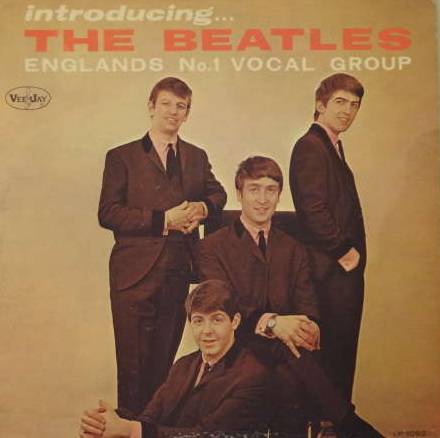
This extremely rare album was the only early Beatles album that was not produced by Capitol Records. Click here for a link to a website devoted strictly to this album. There is detailed information on how to determine whether a copy of this album is a fake or authentic. There is also a history of the album and a price list for the many
variations of Introducing the Beatles. My album cover and disk pass all the authenticity tests. I bought the record as soon as it was released. My version is mono, and I am asking $400 for it.
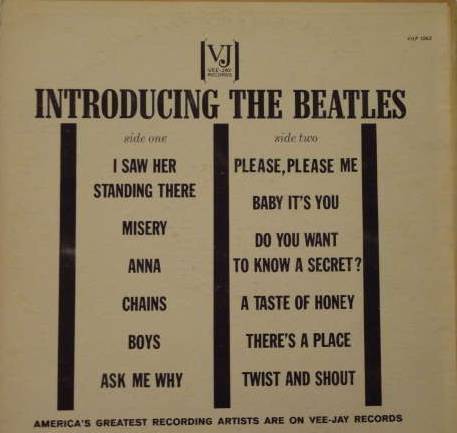
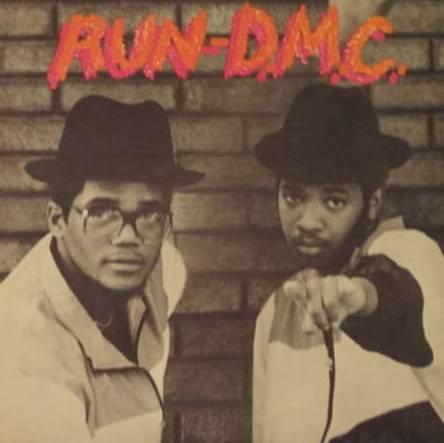
This is the first album by legendary Run DMC, and it is in perfect condition. I am asking $75 for this classic.
